The Difference Between Diversity and Inclusivity
- Zack Arnold
- Dec 4, 2020
- 2 min read
Updated: Feb 7, 2024

When asked about whether your workplace environment is diverse and inclusive, your immediate answer may be “yes.” But, is your workplace truly diverse? What about inclusive? More than ever, both companies and applicants are pursuing efforts to be a part of a more diverse and inclusive work environment. With more than 57 percent of employees wanting to see their company increase their diversity, the majority of executives believe that diversity and inclusion are the most important issues.
WHAT IS DIVERSITY?
Diversity is the idea of bringing people together from different backgrounds, races, genders, religions, sexual orientations, etc. Research shows that the majority of recruiters hire people who are similar to themselves. However, recruiters that act on diversity move past their unconscious biases to hire those who come from different backgrounds and experiences. What are the impacts of diversity in workplaces? The lack of diversity is detrimental to not only decision making, but likely also your company’s profitability and productivity. In fact, companies that embrace racial and ethnical diversity are 35 percent more likely to perform better than their counterparts. Moreover, companies that employ an equal percentage of men and women, on average, generate 41 percent more revenue.
WHAT IS INCLUSIVITY?
Inclusivity is the action of creating an environment where everyone is welcomed, respected, and included. Like the benefits of diversity in workplaces, inclusivity sees similar impacts. Research shows that highly inclusive work environments are more likely to hit their financial objectives by up to 120%.While the benefits are immense, many employees are still downplaying parts of their identity that are more stigmatized. This is known as the concept of “covering.” This concept was first introduced in Erving Goffman’s 1963 book “Stigma,” but its significance is apparent today. Women, People of Color, and LGBTQ+ people have been found to cover or downplay their identities more than others, according to a Deloitte report entitled “Uncovering Talent.” The study further found that 50 percent of men cover themselves at workplaces due to differing political affiliations, hidden disabilities, or being married to a woman of color. These are some of the many examples of how workplaces are still lacking in inclusivity despite efforts to be more diverse.
THE DIFFERENCE BETWEEN DIVERSITY AND INCLUSIVITY, AND WHY IT MATTERS
It’s possible to have a working environment that is diverse but not inclusive. While diversity is the “what,” inclusivity is the “how.” How do we make diverse workplaces inclusive? That’s a question involving the active and deliberate action to create a culture that celebrates differences. Take a look at an example. A recruiter has hired a group of people from various backgrounds, including race, gender, religion, and sexual orientation. The recruiter has succeeded in building a diverse team. Now, the recruiter makes each person feel welcome and valued. The team members are not afraid to be themselves and don’t feel the need to cover their identities. The recruiter has then succeeded in creating both a diverse and inclusive workplace environment. Why do both diversity and inclusivity matter? Beyond tangible benefits like greater profitability for companies, it also leads to stronger team dynamics and productivity at your company. In fact, nearly 80 percent of people believe that the combination of diversity and inclusion gives their company a competitive advantage against the performance of other businesses.





Comments